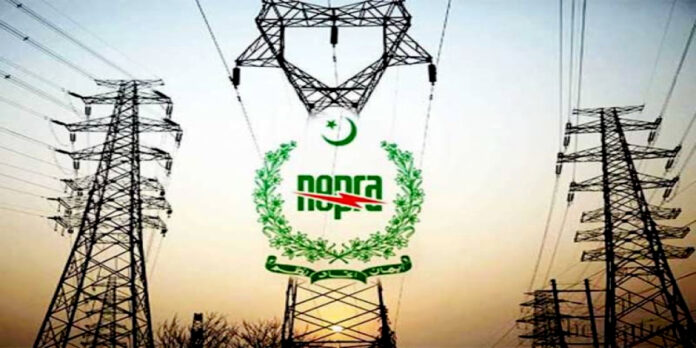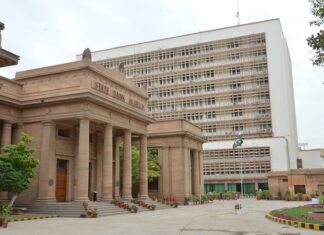ISLAMABAD: The Power Division has refuted claims that the National Electric Power Regulatory Authority’s (NEPRA) recent multi-year tariff (MYT) review decision for K-Electric (KE) is against Karachi’s power consumers, terming such assertions “misleading and contrary to facts.”
In an official statement, the Power Division said certain quarters were deliberately misrepresenting the NEPRA decision to create confusion, whereas the review actually aims to ensure fairness, accountability, and consumer protection.
According to the spokesperson, K-Electric, being a private power utility, must demonstrate operational efficiency superior to public-sector distribution companies (DISCOs) such as IESCO, FESCO, and GEPCO. “If compared, these government-run utilities are performing better than KE in terms of recoveries, line losses, and consumer service,” the spokesperson stated.
The Power Division emphasized that the NEPRA review concerns KE’s management and operational efficiency. Currently, KE purchases around 2,000 megawatts of power from the national grid which is cheaper than electricity generated by its own plants, and can draw more in the future.
The spokesperson clarified that KE consumers pay the same per-unit electricity rates as consumers in the rest of Pakistan. “If KE reduces its operational costs, it benefits consumers by keeping national-level uniform rates stable. How can this be considered anti-consumer?” the spokesperson asked.
He further noted that KE consumers, like all others nationwide, continue to receive government subsidies. “However, what has changed is that taxpayer-funded subsidies will no longer be diverted to cover KE’s inefficiencies or losses — a step taken in the national interest,” he added.
Previously, KE was able to pass on uncollected bills to taxpayers through higher tariffs. Under the new framework, NEPRA will only allow genuine, verifiable losses — proven to be unrecoverable despite efforts — to be included in the tariff. “This means KE can no longer arbitrarily add such losses to consumer bills. Is that not a positive step for Karachi’s people?” the spokesperson remarked.
The Power Division also highlighted that NEPRA’s review capped KE’s profits within a reasonable range. Previously, KE earned 24–30% returns on equity, linked to the US dollar. “Now, the dollar linkage has been removed since KE’s assets and operations are based in Pakistan’s rupee economy and stock market,” the statement said.
Furthermore, KE’s own independent consultant revealed in its study that the company was allowed to recover up to 6.5% of its losses through bills and criticized KE’s management for failing to curb losses despite spending heavily. “NEPRA’s move to reduce this allowance directly benefits consumers,” the spokesperson asserted.
He added that NEPRA’s decision to retire KE’s idle generation plants — similar to measures already implemented at public-sector plants — would lower fixed costs and reduce the financial burden on consumers. “If a plant is non-functional, excluding it from the tariff structure is in Karachi’s best interest,” the spokesperson said.
Describing the review as a “milestone in regulatory reform,” the Power Division said the move would yield long-term benefits by ensuring no utility can unjustifiably profit at the expense of consumers. “This decision will reduce the burden on taxpayers, encourage loss reduction, and promote fair treatment between KE and state-run DISCOs,” the statement concluded.
The Power Division reaffirmed that shutting down inefficient KE plants will not cause load-shedding in Karachi, as sufficient cheaper electricity is available from the national grid and transmission capacity exists to deliver it to the city.
























